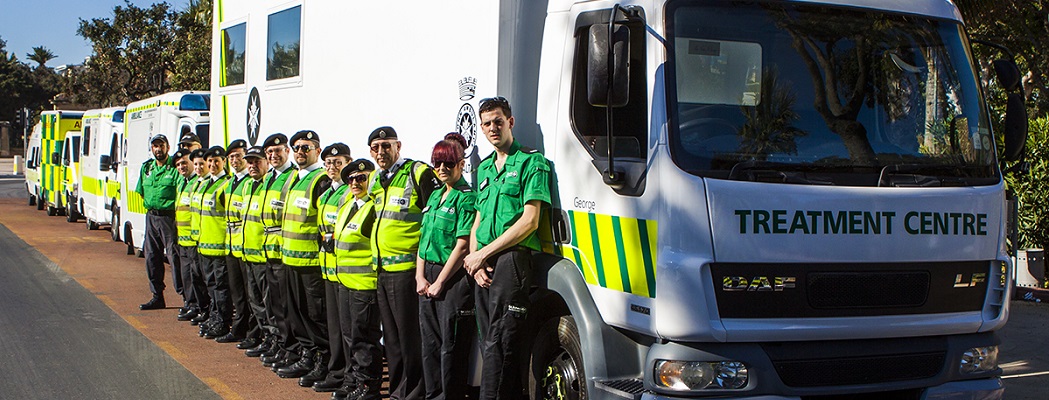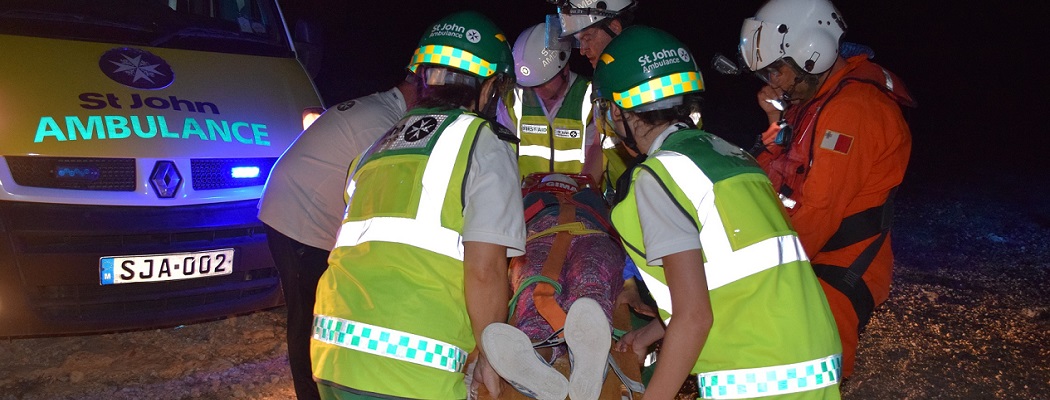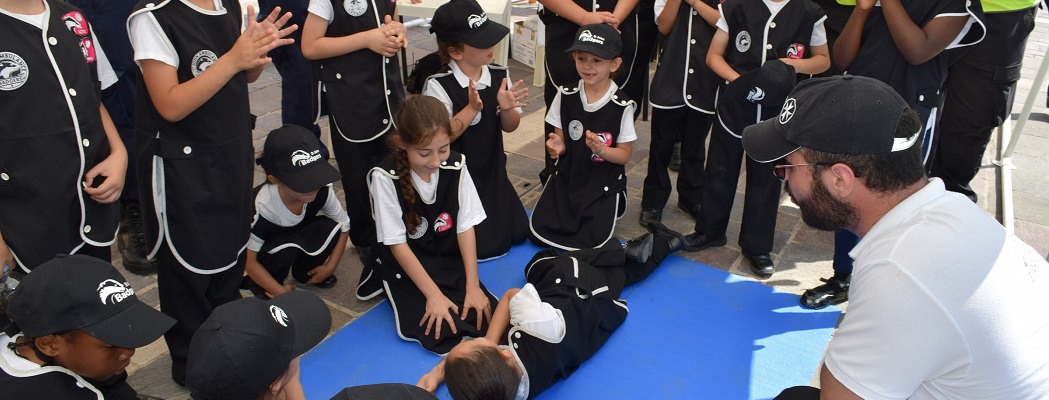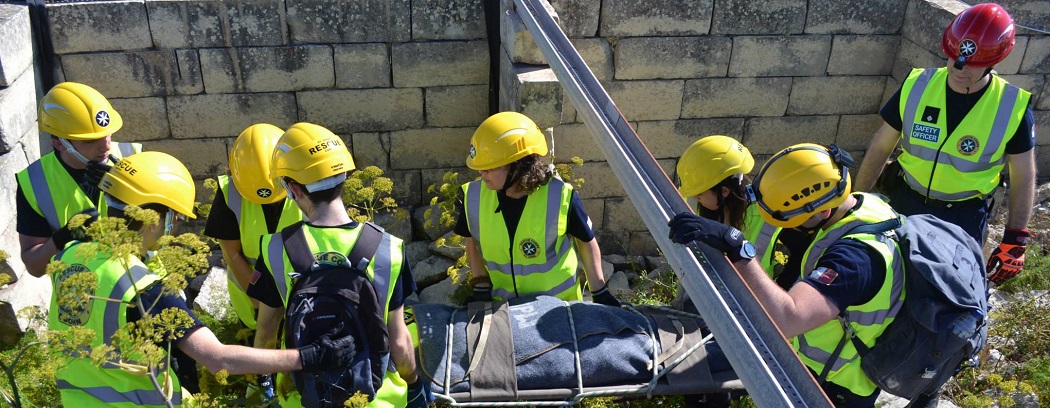These first aid tips are no substitute for thorough knowledge of first aid.
Attend a St John Ambulance First Aid Course.
When temperatures rise, the most common conditions our first aiders come across are fainting, sunburn and dehydration.
Our advice is to apply sun cream, cover up and stay hydrated, so you enjoy the high temperatures without an incident. Here are five bits of advice to handle the heatwave.
Fainting
Fainting is when someone briefly becomes unresponsive, often causing them to fall to the ground. It happens because for a moment, there is not enough blood flowing to the brain.
People often faint as a reaction to pain, exhaustion, hunger, or emotional stress. It is also common for people to faint after they have been standing or sitting still for a long period of time, especially if they’re feeling hot.
What to look for:
- There may be a brief loss of response, often causing them to fall to the ground.
- They may have a slow pulse.
- They may have pale, cold skin and sweating.
How to treat someone who has fainted:
- If someone’s feeling faint, advise them to lie down.
- Kneel down beside them and raise their legs on your shoulders. Watch their face for signs of recovery.
- Make sure they get plenty of fresh air and ask other people to stand back.
- Reassure them and help them to sit up slowly, when they feel better.
- If they stay unresponsive, open their airway, check their breathing and prepare to treat someone who is unresponsive.
Dehydration
Dehydration occurs when someone loses fluid from the body and does not replace it. If untreated, someone with dehydration can develop heat exhaustion.
What to look for:
- They may complain of a headache or light-headedness.
- They may be dizzy or confused.
- They may have a dry mouth and dry eyes.
- They may have dry or cracked lips.
- They may produce reduced amounts of dark urine.
- They may complain of muscle cramps, such as to the calves.
- Special attention should be paid to babies and young children as they may also have pale skin with sunken eyes and can deteriorate very quickly.
How to treat dehydration:
- Help them sit down.
- Give them water to drink; oral rehydration solutions can also help.
- Advise them to rest and stretch if they have cramp.
- If they are unwell, seek medical advice.
Heat exhaustion
Long periods in the sun can take its toll and can lead to heat exhaustion. Heat exhaustion is caused by a loss of salt and water from the body, usually through excessive sweating. It develops slowly and usually happens to people who aren’t used to hot, humid weather. If you’re at a festival and it’s very hot, it’s easy to suffer from heat exhaustion.
How to spot heat exhaustion:
- They may suffer from a headache, dizziness and confusion.
- They may suffer from a loss of appetite and feeling sick.
- They may sweat with pale, clammy skin.
- They may have cramps in the arms, legs and stomach.
- They may have a fast, weakening pulse and breathing.
How to treat heat exhaustion:
- Help them to lie down out of the sun and raise their legs.
- Give them lots of water to drink. Oral rehydration solutions or an isotonic drink will help with the loss of salt.
- Monitor their level of response and suggest they seek medical advice.
- Call 112 if you are concerned.
Heatstroke
Heatstroke is even more serious than heat exhaustion, and can be life-threatening.
What to look for:
- They may complain of headache, dizziness and discomfort.
- They may be restless and confused.
- Their skin may be hot, flushed and dry.
- They may become less responsive quickly.
- Their pulse may be full and bounding.
- Their body temperature is above 40°C (104°F).
How to treat heatstroke:
- Immediately move them to a cool place and call 112.
- Remove outer layers of clothing.
- Sit them down and wrap them in a cool, wet sheet.
- Pour cold water over the sheet.
- Reduce their temperature to 37.5ºC.
- Replace the wet sheet with a dry sheet.
- Monitor their level of response and temperature.
Sunburn
Whether you’re out in the park, or relaxing on the beach, it’s important to avoid too much exposure to the sun by covering up with clothing, staying in the shade and applying high factor sunscreen.
What to look for:
- They may have reddened skin.
- They may have pain in the area of the burn.
- Later, blistering may appear.
How to treat sunburn
- Cover the skin with light clothing and move out of the sun.
- Drink sips of water.
- Cool the skin by sponging with cold water.
- Apply calamine or after sun lotion to mild sunburn. If there are blisters, seek medical advice.






